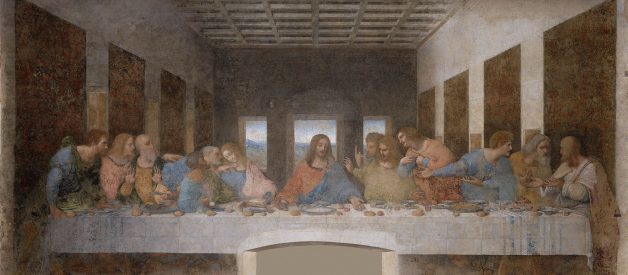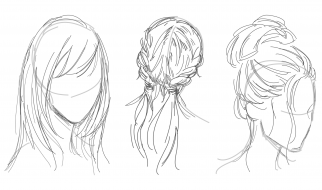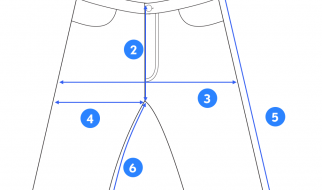Ruth Polleit Riechert, PhD
The term genre has two meanings: On the one hand, it means the type or category of a painting; on the other hand, it denotes the content or topic of a particular picture.
It all goes back to the 17th century. So let us start there:
The method of classifying paintings according to type was established in the wake of the Italian Renaissance in the early 1600s by the great European Academies. It was first announced in 1669, by the art theoretician Andre Felibien (1619?1695), Secretary of the French Academy.
In this sense, the term genre was used until the early 19th century, and the hierarchy looks as follows:
- History Painting
- Portraits
- Genre Painting
- Landscapes
- Animal Painting
- Still Life
The ranking above represents the Italian Renaissance?s notion of man as the measure of all things.
History painting was highest-ranking category because it dealt with important historical, allegorical, mythological, and religious events and told stories about human beings. Landscape, animal painting and still life ranked lowest, as they did not involve human subject matter.
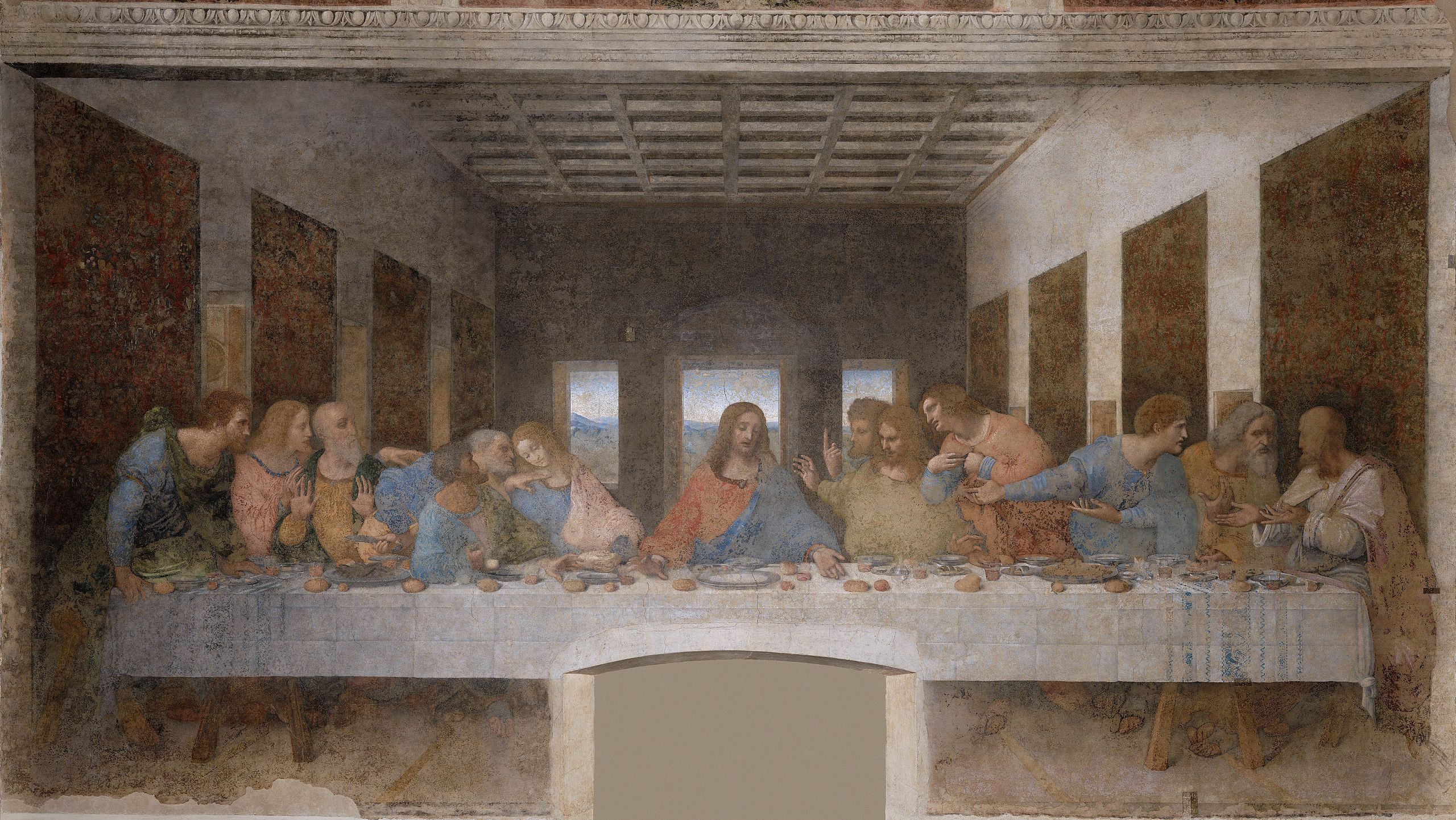 The ?Last Supper?, 1595?98, by Leonardo da Vinci (1452?1519) is a mural history painting in the refectory of the Convent of Santa Maria delle Grazie, Milan. It is one of the world?s most famous paintings.
The ?Last Supper?, 1595?98, by Leonardo da Vinci (1452?1519) is a mural history painting in the refectory of the Convent of Santa Maria delle Grazie, Milan. It is one of the world?s most famous paintings.
In addition, academic ranking reflected each category?s display value. History painting was the largest and most suitable genre for public display, followed by portraiture, genre works, and landscapes, while still life canvases were typically the smallest and produced for domestic use only.
History Painting also represented the culmination of all skills learned within the academy system. For a still life, the artists did not need the full range of skills.
Portraiture, also known as ?portrait painting,? was the second highest genre in the academic hierarchy. It primarily included the painting of heroic individuals, private portraits, and self-portraits. Students underwent a rigorous course of instruction to master this skill.
 Leonarda da Vinci?s (1452?1519), ?Mona Lisa?, is a portrait painting of Lisa Gherardini, that became one of the best known paintings in the world. It is on display at the Louvre Museum Paris since 1797.
Leonarda da Vinci?s (1452?1519), ?Mona Lisa?, is a portrait painting of Lisa Gherardini, that became one of the best known paintings in the world. It is on display at the Louvre Museum Paris since 1797.
In contrast to history painting, genre painting refers to scenes that depict everyday life and mostly show interior scenes, e.g. people, animals, still lives, and landscapes. A genre painting has a person (or people) usually in it doing something.
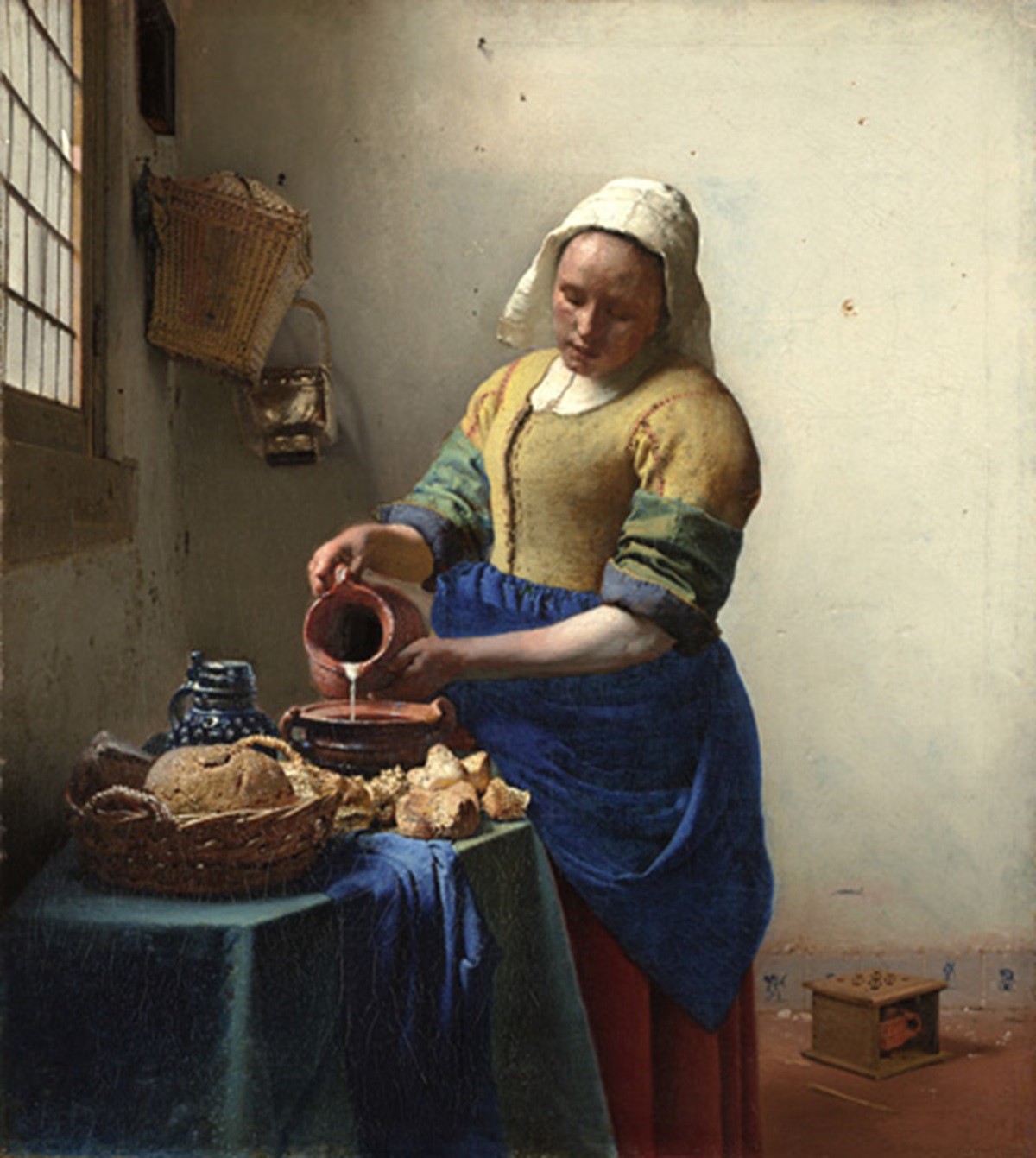 The Dutch painter Jan Vermeer (1632?1665) is most famous for his genre paintings. In his masterpiece ?The Milkmaid?, 1658, he captures with great detail what a domestic kitchen maid does: the pouring of milk into a stoneware. Rijksmuseum, Amsterdam.
The Dutch painter Jan Vermeer (1632?1665) is most famous for his genre paintings. In his masterpiece ?The Milkmaid?, 1658, he captures with great detail what a domestic kitchen maid does: the pouring of milk into a stoneware. Rijksmuseum, Amsterdam.
Landscape Painting is ranked fourth in the hierarchy of genres. Landscapes require no human figures and less technical ability to produce than the first three genres on the list. Types of Landscape paintings also include cityscapes, seascapes, and waterscapes.
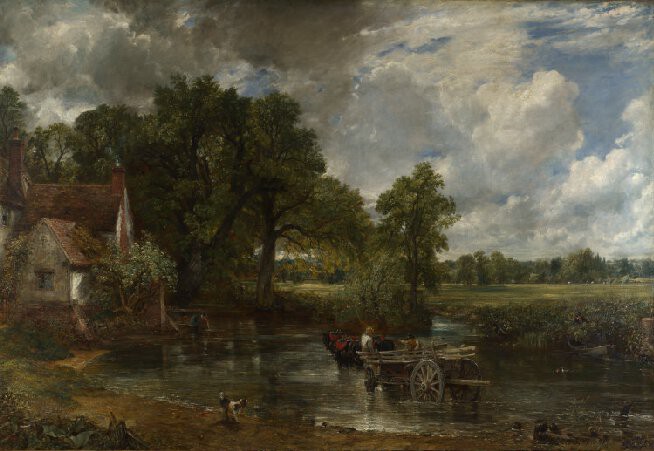 The English painter John Constable (1776?1837), is largely responsible for reviving landscape painting in the 19th century. Discover ?The Hay Wain?, 1821, The National Gallery, London.
The English painter John Constable (1776?1837), is largely responsible for reviving landscape painting in the 19th century. Discover ?The Hay Wain?, 1821, The National Gallery, London.
At some point during the academic art?s heyday, horse paintings became wildly popular, and subsequently, a new genre had to be added to the hierarchy: animal paintings.
And finally, we get to the lowest-ranking genre: still lifes. It involves the depiction of objects such as flowers, fruits and foodstuffs, as well as cooking utensils and cutlery. Still lifes contain no living objects, and most are small-scale paintings. Though technically sound, they require the least amount of expertise because everything in the composition is inanimate. Therefore, many people could afford still lifes.
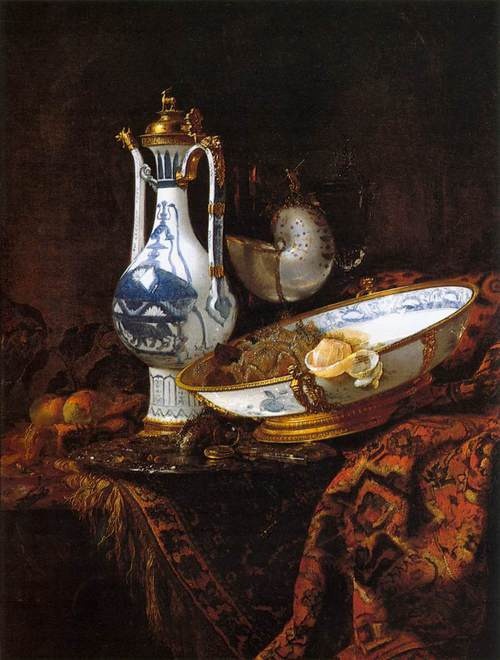 The Dutch painter Willem Kalf (1622?1693), specialized in still lives: ?Still Life with an Aquamanile, Fruit, and a Nautilus Cup?, c. 1660, Museo Thyssen-Bornemisza, Madrid.
The Dutch painter Willem Kalf (1622?1693), specialized in still lives: ?Still Life with an Aquamanile, Fruit, and a Nautilus Cup?, c. 1660, Museo Thyssen-Bornemisza, Madrid.
By the end of the 19th century, scenes of everyday contemporary life became the norm. Although the term is still used, especially when referring to paintings from the 16th ? 19th century, its meaning has always been hard to define.
Learn something about art every week:
Art Historian Ruth Polleit Riechert, PhD, would like to make the opaque art market more transparent for you by publishing her newsletter ?Art A-Z?. Don?t miss any of the 26 issues and sign up here. See also her previous posts about ?Street Art? (in German), ?Printmaking?, ?documenta?, ?Modern Art?, and ?Expressionism?, and ?Biennials?.
Book your art advisory consult:
If you would like to get help in buying and selling art wisely, please contact Ruth here.
 www.rpr-art.com
www.rpr-art.com
